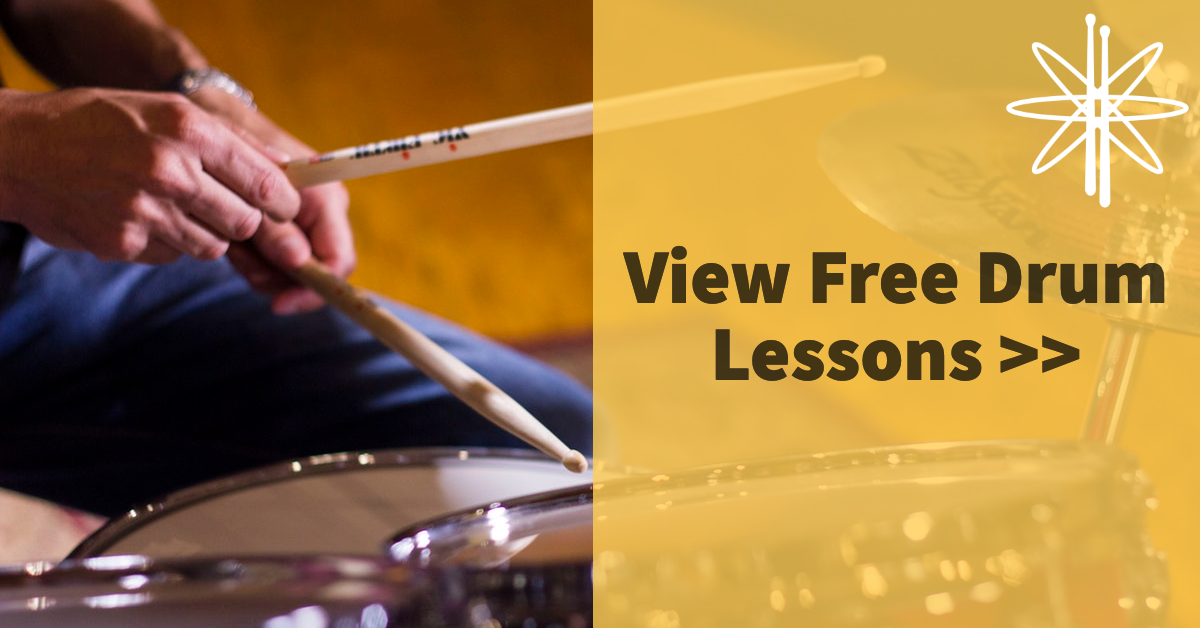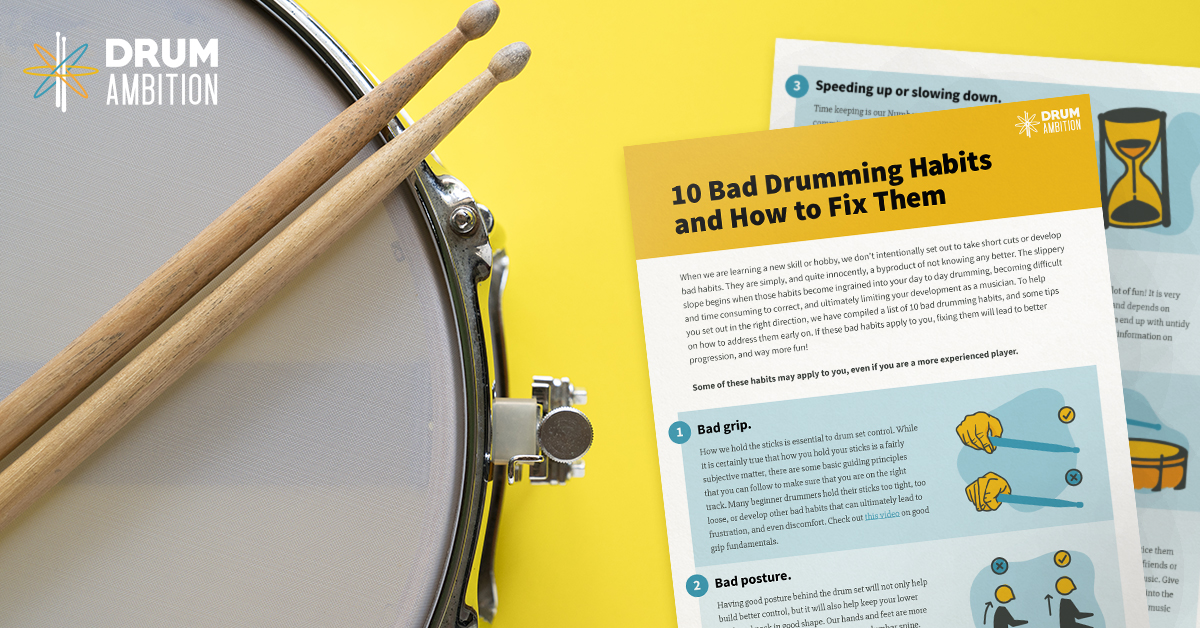We live in a truly inspiring time, where innovation seemingly has no boundaries. While the way we manufacture drums, hardware and cymbals hasn't changed very much in recent years, there are some outstanding innovations that have reshaped our instrument, and to an extent, our industry. Here are my personal top 5 drum innovations of the last 20 years, based on my experience as a working drummer and educator, as well as drawing on my past experience running one of the UK's top drum shops. They are, in reverse order:
5. Moongel.
Who would have thought that a tiny blue rubber sticky pad could change the drum industry? Well, it did. For years we dampened drums with anything we could find, from unscientific and make-shift solutions like tape and towels, to some of the more tailored solutions including tone rings and internal and external felt mufflers. But Moongel was a game changer. Just one rubber pad placed on the drum head close to the rim of your drum reduces the ring and resonance considerably. Multiple pads can be added to larger drums, and they maintain their adhesiveness for an impressive length of time. Now you can get the perfect home, live or studio drum sound. A few copycat products have emerged over the years, but Moongel was the first mass market success story, and continues to this day. Check out our videos - you'll see the ingenious blue heroes on all of our drums.
4. The double bass drum pedal.
Yes, it's true that some models go back over twenty years, but it's in the last two decades that the market has been flooded with a variety of double pedals at various price points. This clever feat of mechanical engineering was not only welcome for the poor souls who previously had to cart two bass drums around the clubs and studios, but opened up the art of double bass drumming to a much wider audience, including hobbyist drummers. Whether you use your double pedal to play heavier genres of music, develop your independence, in a tasteful lick, or just to enhance a big ending; the double pedal has provided drummers with another musical and dynamic tool to add to their skillset. The double pedal gives us the option of a second bass drum without radically changing our set up. If you've sat behind a set with two bass drums, you'll notice that the ergonomics of the set are altered drastically.
3. The DrumDial.
Many drummers have pulled out their hair trying to get the tuning of their drums just right. In fact, it has been the subject of books, DVDs and drum clinics. It's also something that beginner drummers struggle with when assembling their first drum set. Drum Technicians (The crew members that tour with specific drummers and bands) used to be hired with some regard to their aptitude in this area, and those with the golden touch would be guaranteed work. Enter the DrumDial: A clever device that has a clock face with various readings, and measures the tympanic pressure (tightness) of the drum head. Simply place the dial on the drum head about half an inch from each tension bolt, and tighten the bolts until the clock face shows a consistent reading at each point. Now, with a little experience, drums can be tuned in minutes, with very consistent results. If you can't get to your friendly local drum retailer, you can buy one here. As an affiliate of Amazon.com, we may receive a commission if you choose to do this.
2. Electronic drums.
Twenty years ago, electronic drum sets were the preserve of the professional drummer, or the hobbyist with considerable disposable income. Now, thanks to developments in technology and more efficient distribution channels, electronic drums are available at all price points, and most importantly, are accessible to beginner drummers at a reasonable price. For anyone concerned with noise, this is the perfect solution. But there are other advantages too. Space saving designs, multiple drum set sounds, onboard metronome and the ability to mix in and play along to your favorite music are all massive benefits to beginner drummers. You can read more on the benefits of electronic drums here.
1. The Internet.
OK. It's a stretch to call this a drum innovation when the internet has literally changed the entire planet, and continues to do so at amazing pace. Yet twenty years ago, it was inconceivable to think that you could order drums and drum supplies online, watch your favorite drummers on their YouTube channels, take lessons without leaving your home, find and download popular drum transcriptions, learn about products without having to visit a store, record and upload your own drumming - the list goes on and on. So the award for Number 1 Innovator goes to the internet. Too bad that it has been at the expense of many traditional music retailers, which are sadly a dying breed. I always make a point of supporting my local drum store whenever I can. For many beginner drummers, the option to take online drum lessons is a massively appealing opportunity, where you can learn on your own schedule, and at your own pace. Check out our free lessons to see if it's a good fit for you, and press the blue help button at the bottom right hand side of your screen if you have any questions.
Simon DasGupta.


